I’ve been something of a monster movie maniac ever since my dad took me, at age 5, to see King Kong (1933) as part of The Orpheum’s summer movie series. As I sat in the gorgeous old theater watching silver-hued stop-motion dinosaurs decimate the landing party, watching Kong, the king of Skull Island, take Fay Wray to his mountain keep, my velcro-clad feet barely sticking past the edge of the seat, something was awakened inside me. From that moment on, I was absolutely mad for monster movies.
I’ve written about it before, I know, though I don’t know if I’ve gone into the inception of my mania. I wrote about the anniversary of the publication of Dracula not long ago. (How did Flyer senior editor Bruce VanWyngarden do this for 20 years and keep his subjects straight? I’ve got respect.) It may be that I’ve mentioned monsters a few too many times in what should be a column for general audiences. But, as Flyer film editor Chris McCoy points out in this week’s film feature, mass media is experiencing a horror renaissance, and one that shows no signs of stopping. It’s touching nearly every element of popular culture — streaming services, movies, novels. Horror is hot right now. Even subgenres are tinged with it. My sister texted me this morning to say her favorite part of the not-exactly-new (but still in theaters) Doctor Strange movie was the “horror overtone.” Stephen Graham Jones’ postmodern Scream-like novel My Heart Is a Chainsaw won a truckload of awards. Oh, and Scream got another sequel last year. Stranger Things is the subscription driver at Netflix. The trend is evident in the artsier world as well, with one of America’s most impressive auteurs, Jordan Peele, apparently committed to the genre. His newest offering, Nope, due later this year, is on all the “most anticipated movie” lists.
I could go on, but why beat a horse with a dead stick? Horror is hot.
Why, though? And why does the trend show no signs of fizzling? Largely, I would argue, because at its heart, horror is about things feeling out of control. Whether it’s the arthouse horror film about processing trauma, the low-budget weekend slasher flick, or Stephen King’s newest bestseller (and they’re always bestsellers), at the bloody heart of the horrific piece of art, there’s something bigger and more powerful than the (usually teenage) protagonists.
And these days, who doesn’t feel at the mercy of something bigger, older, and more powerful than themselves?
The recent decisions from the Supreme Court of the United States are, to put it mildly, cause for alarm. Overturning Roe v. Wade, ruling that states may not pass certain (apparently restrictive?) handgun carry laws, that states may funnel tax dollars to private and religious schools, and, most recently, that school coach Joe Kennedy’s 50-yard-line prayer counts as private and protected speech — all of these are wildly unpopular and out of sync with the majority of public opinion. It almost seems as if SCOTUS is some grim eldritch horror. They’re protected by barricades, deep within some impregnable keep, ruling for life and able to wield powers no common citizen can imagine. Frankly, I think I’d rather be a middle school Dungeons & Dragons nerd facing some betentacled monster. It seems like the conflict with the better odds. Because, though the recent SCOTUS rulings have come with the speed and frenzy of a series of werewolf bites, they’re not exactly out of step with the court’s history. Their ruling that settled the 2000 recount dispute between Bush and Gore was a political act as well.
And that’s just politics. Many pundits far smarter and more politically plugged in than I worry about the future of federal environmental regulations given these recent rulings. From there, it’s not much of a mental leap to conjure the specter of climate change, a seemingly unstoppable spirit that’s haunted public discourse for my entire life.
So, yes, given the larger-than-life threats we must contend with each day, it does seem all too natural for the general populace to have an insatiable hunger for horror. Fiction, after all, is a way of confronting our fears in a safe space, working out what frightens us and why. It’s also a source of strength, at least for some people. If high school-aged babysitter Laurie Strode didn’t quit when faced with the seemingly unstoppable Michael Myers, then neither will we when we’re forced to confront our own boogeyman.
How do we fight these out-of-control monsters plaguing society? For that, I suggest looking for the people — the organizers, the volunteers, the visionaries — who have been doing this work for a long time. They know what they’re doing, and they know how best we can help. Don’t be a hero, be a helping hand. There’s no room for ego, and there are people far better suited than I to be our guides, our Dr. Loomis or Professor Van Helsing.
Maybe, in confronting this monster, we can shift the cultural needle. If it means securing hard-won rights, I won’t mind if the next decade is characterized by a craze for rom-coms or sports biopics. Heck, I’ll learn to love ’em.

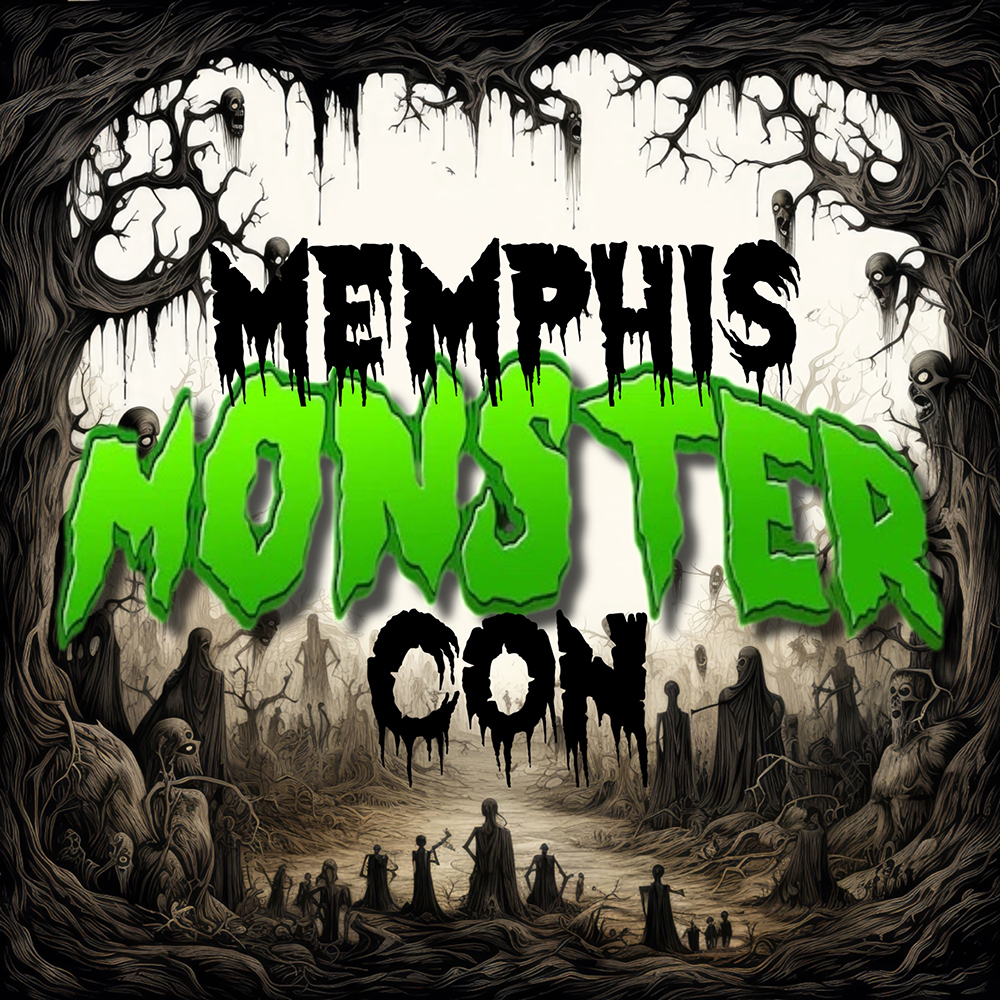



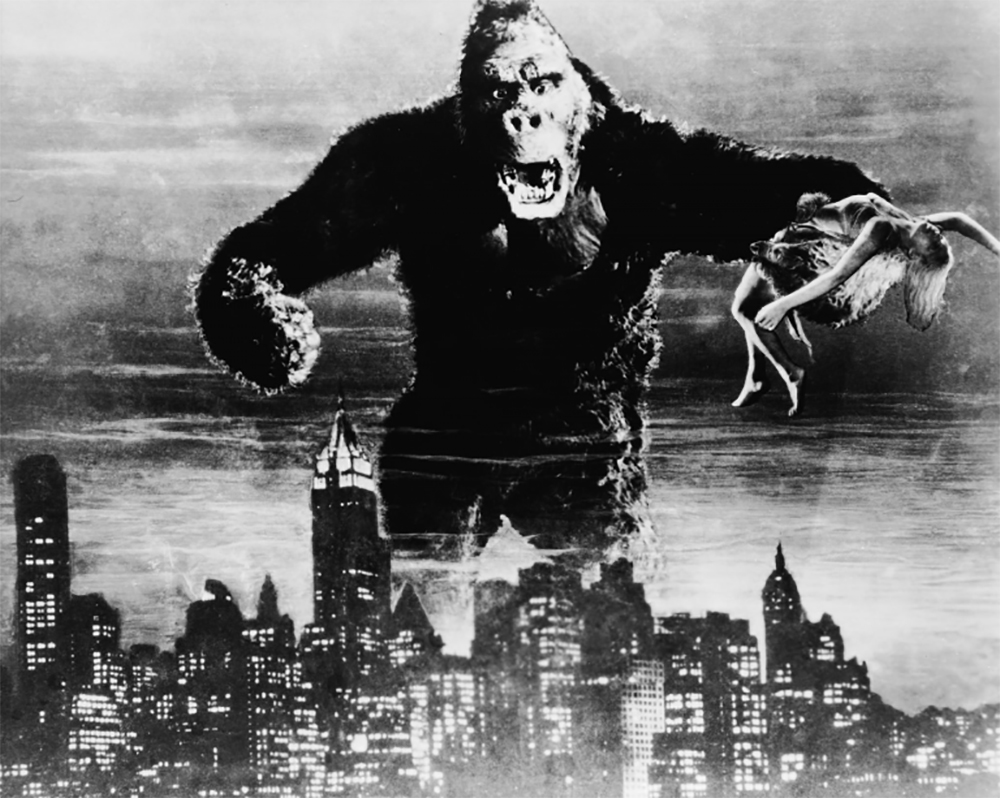
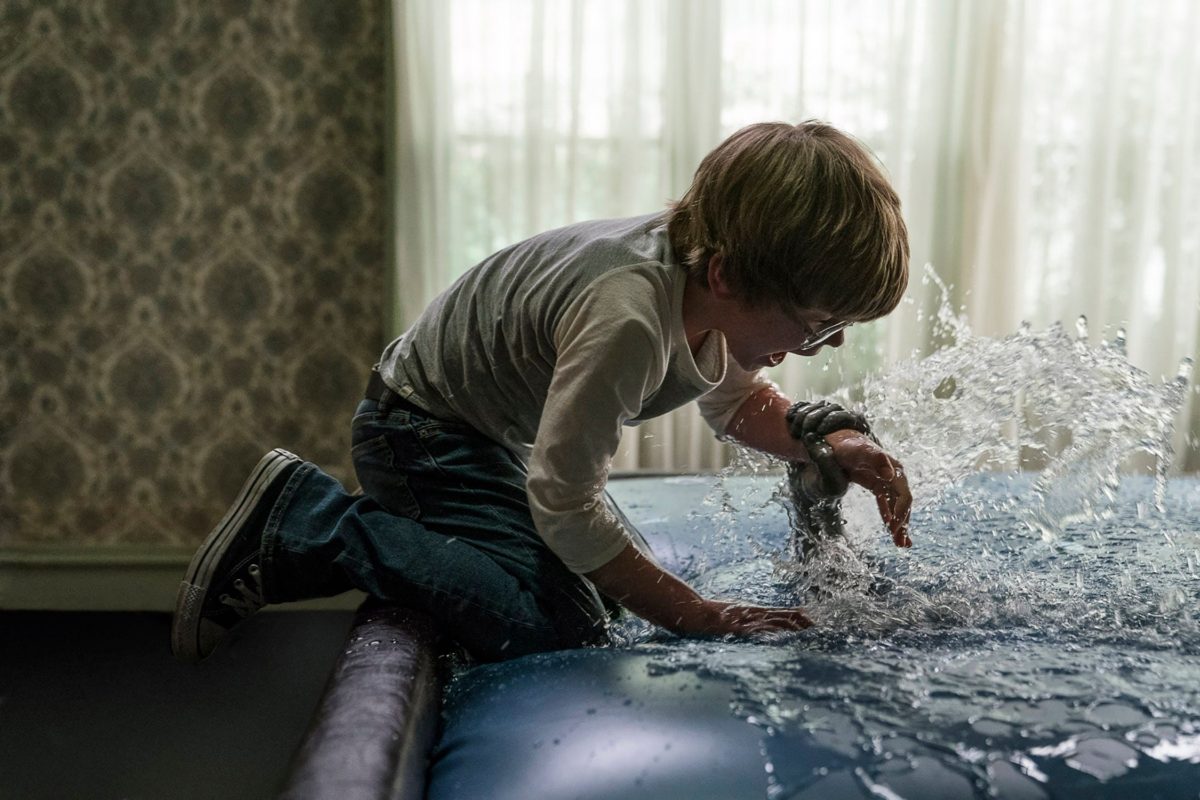
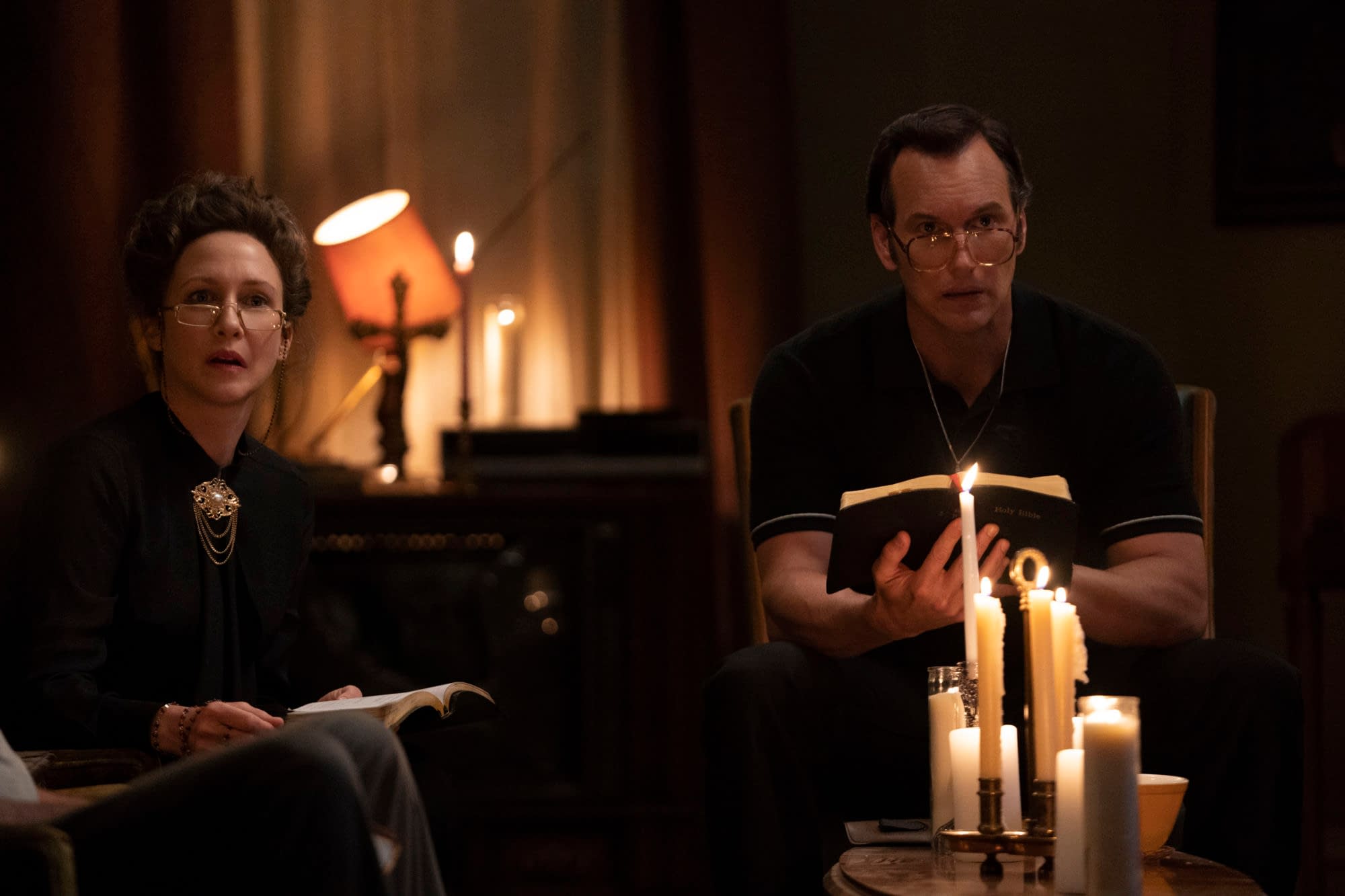


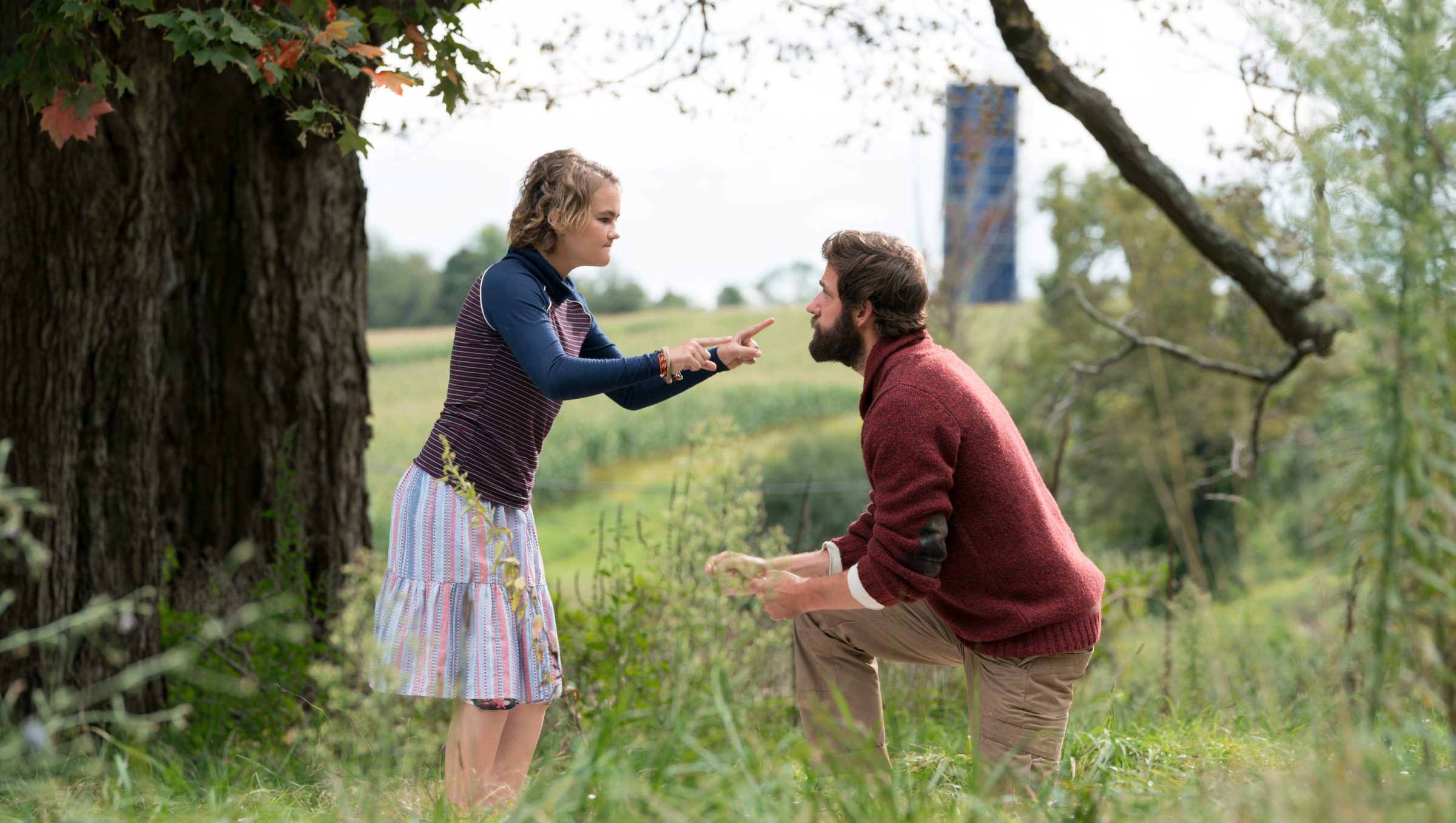

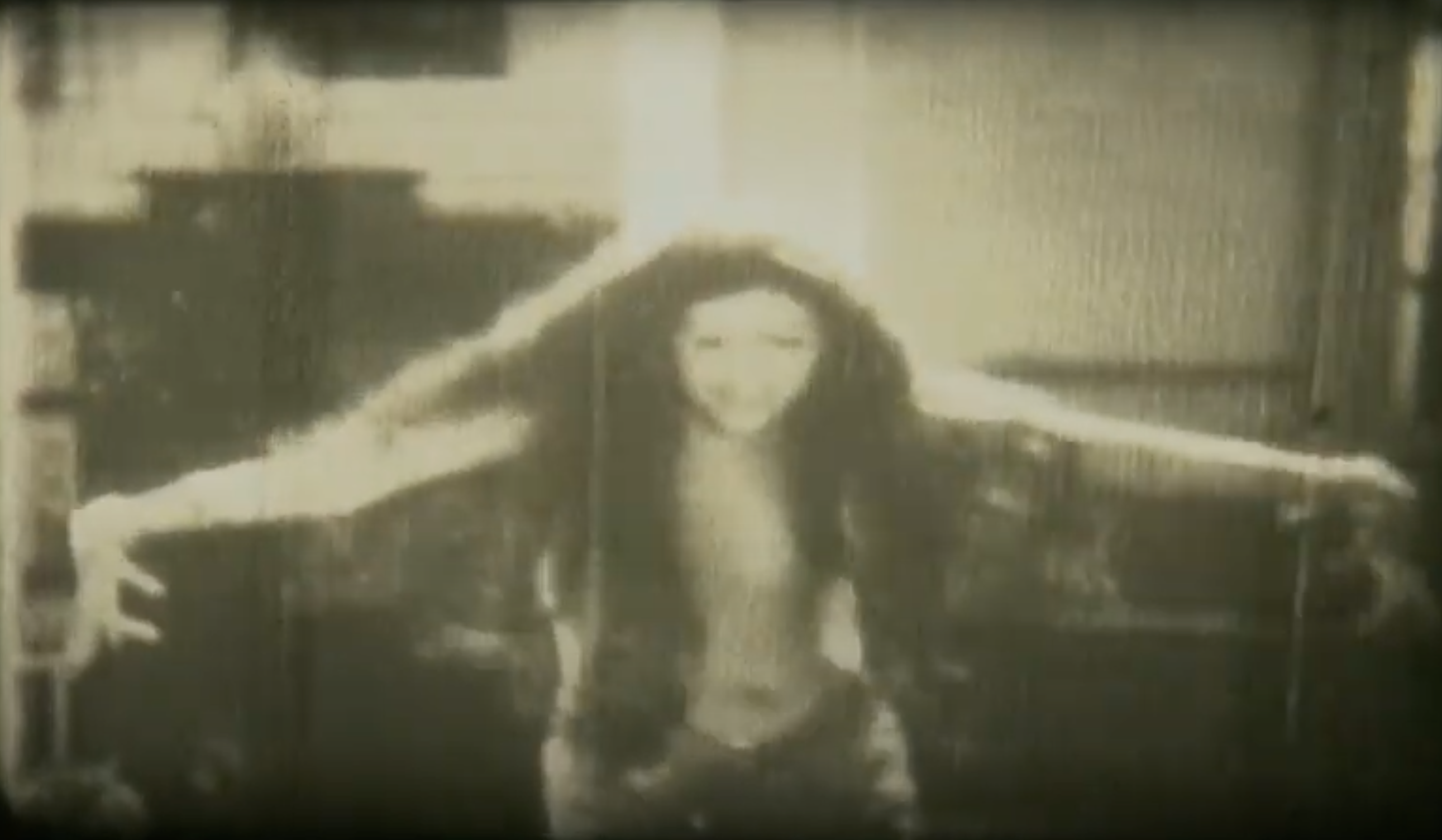
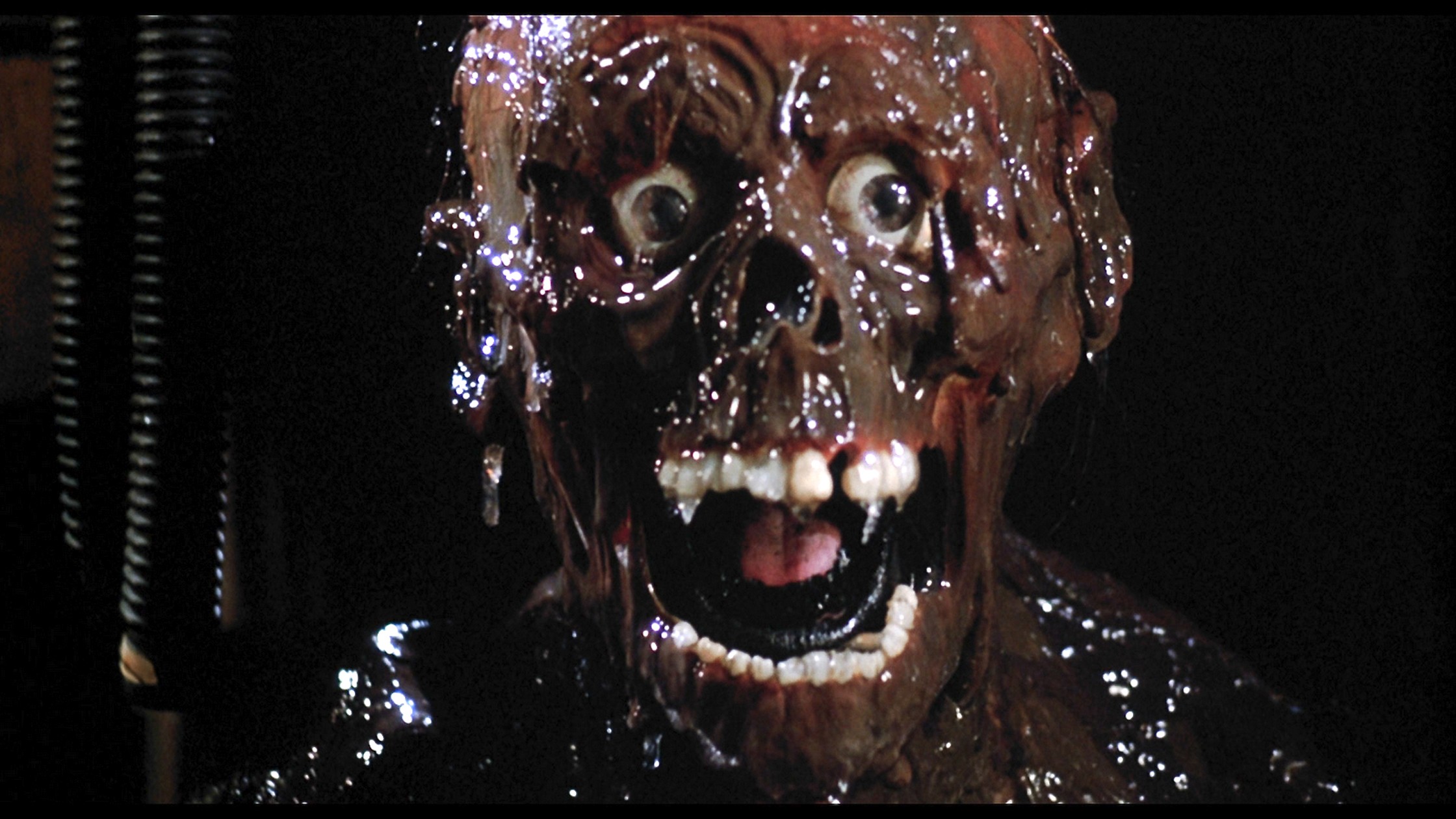
 Facebook/Black Lodge
Facebook/Black Lodge